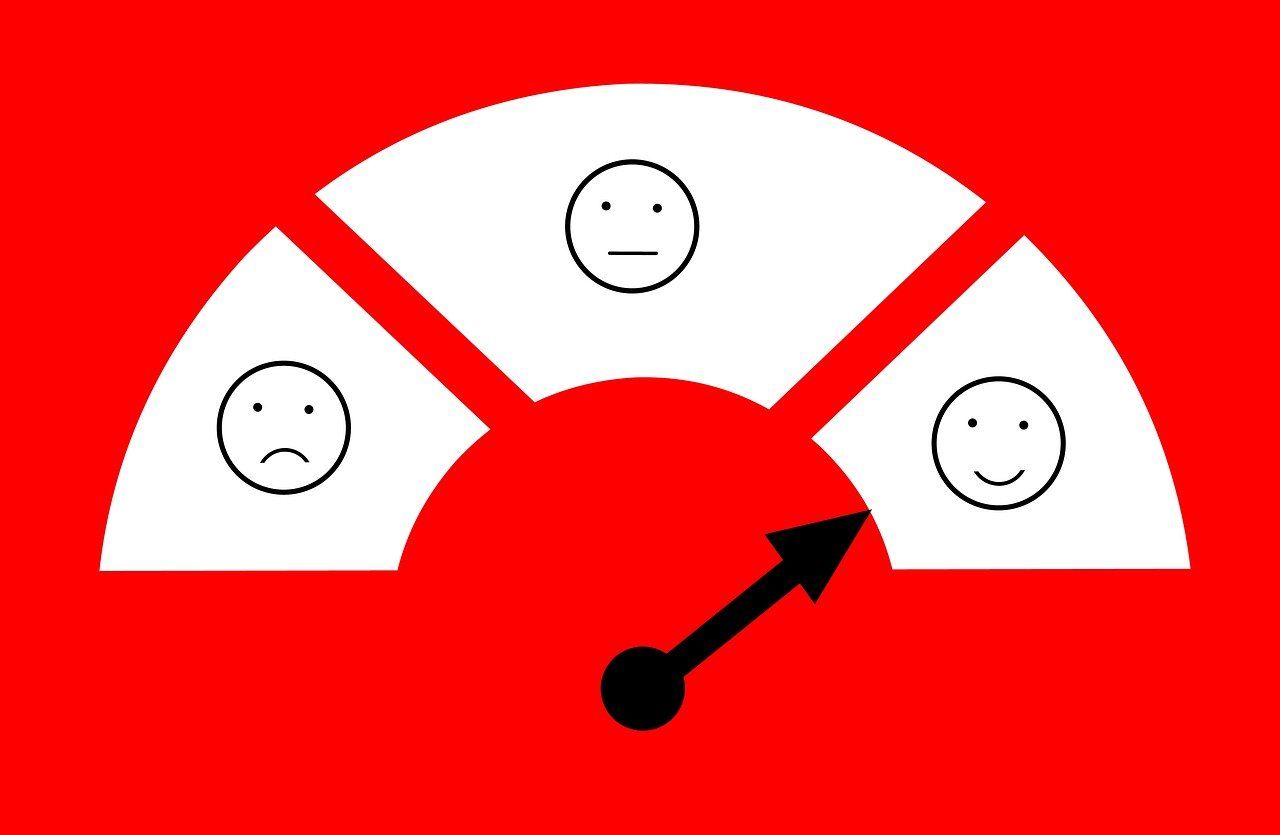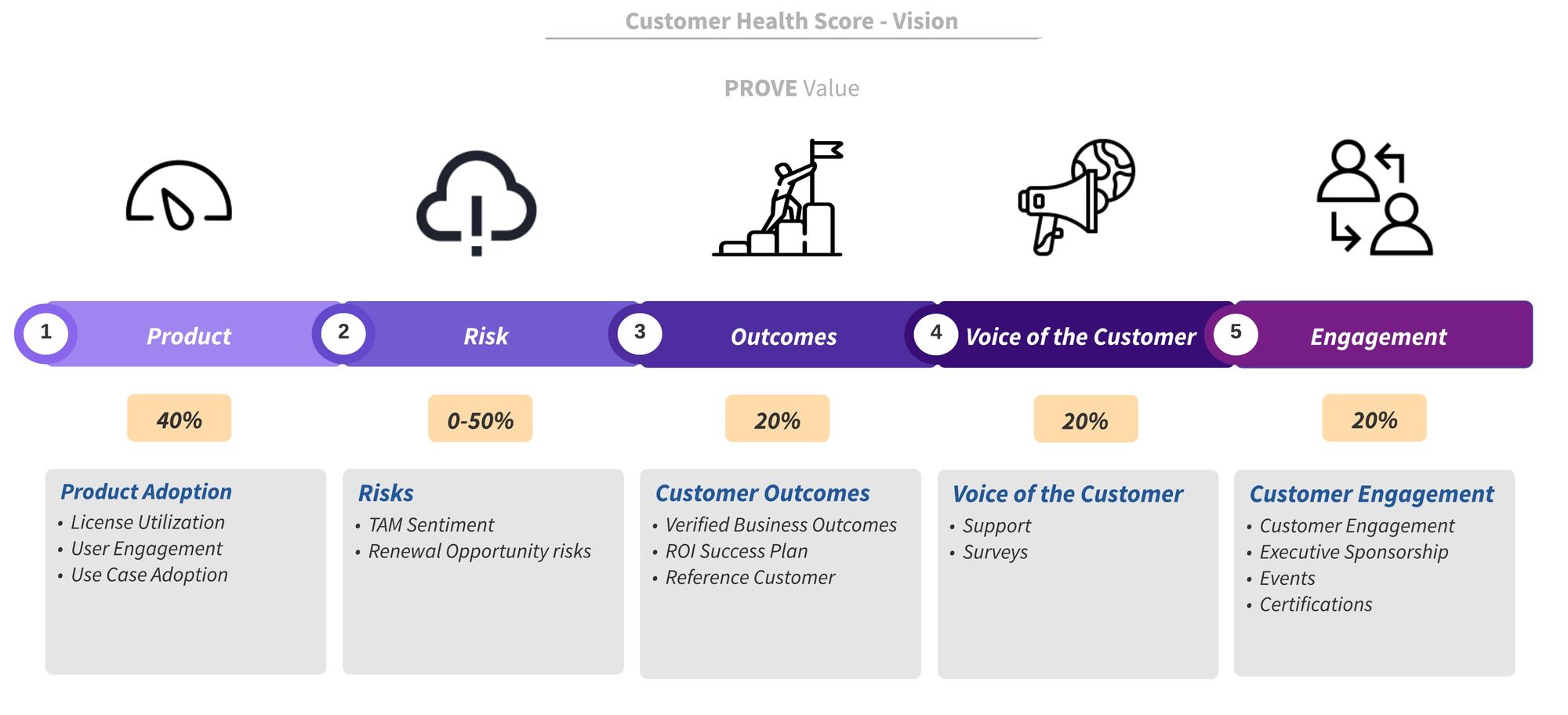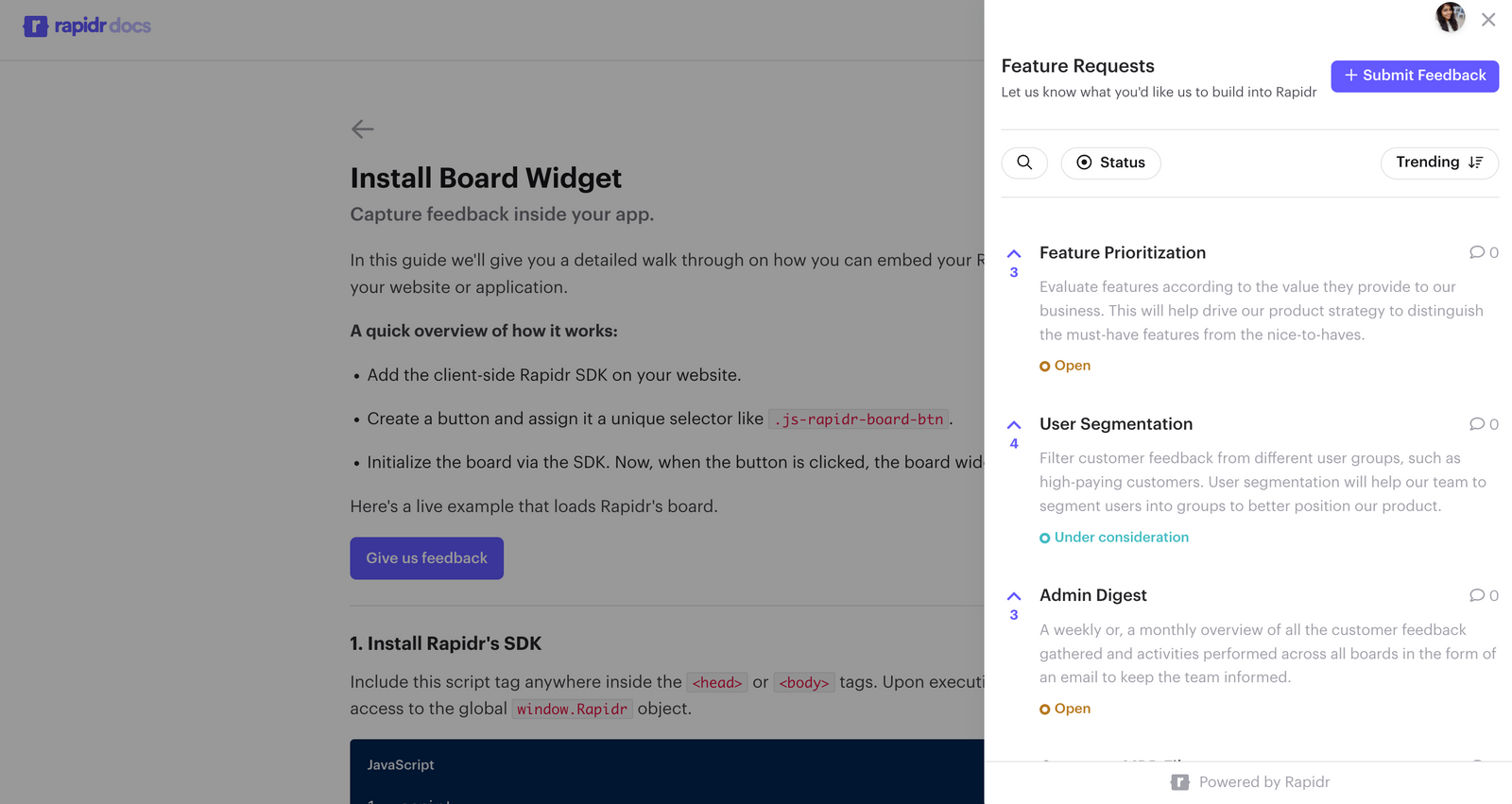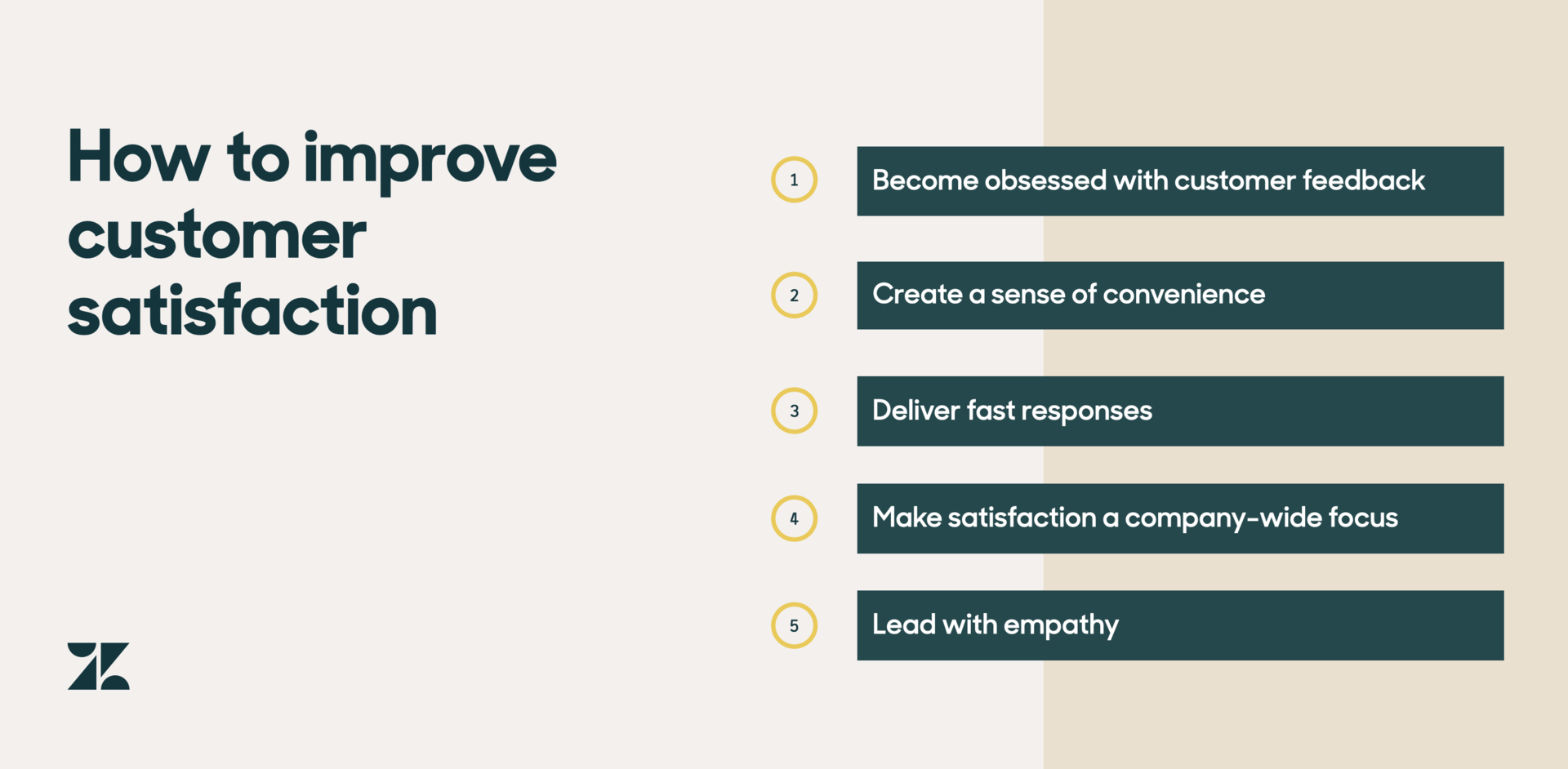
7 Important Customer Satisfaction Metrics To Track
Companies send out long survey forms with endless questions to measure customer satisfaction. This brings a counterproductive result — customers are exhausted, and team members find it difficult to process the results.
What if you could start by asking one simple question? You can lay the foundations of customer loyalty and propel your company to higher growth.
Customer satisfaction metrics are designed to gauge satisfaction levels with standard questions. You don’t have to spend hours creating the survey. Companies across the globe use customer satisfaction metrics as the starting point to improve user experience and product quality.
In this blog, you will go through the different types of customer satisfaction metrics and how you can apply them to your business.
- Net Promoter Score (NPS)
- Customer Satisfaction Score(CSAT)
- Customer Acquisition Cost (CAC)
- Customer Effort Score (CES)
- Customer Health Score (CHS)
- Customer Churn Rate (CCR)
- Customer Service Satisfaction (CSS)
What are customer satisfaction metrics?
Customer satisfaction metrics measure customers' satisfaction with different aspects of your business. This can be their experience using your product, interacting with the support team, and website navigation, amongst others.
67% of consumers stated good customer experience as the top reason for coming back to business. - ICSC
Measuring customer satisfaction can help achieve significant business goals, such as increasing customer loyalty, retaining customers, and even customer acquisition.
You also get a base of responsive customers to ask follow-up questions and collect product feedback. Whenever your product or support team sends out a survey, you add customers you can talk to for more feedback.
7 Customer Satisfaction Metrics You Should Start Measuring
Net Promoter Score (NPS)
Net Promoter Score (NPS) is a metric that measures brand loyalty and predicts customer lifetime value(CLV). Also, successful product managers use it to determine the overall company growth.
How to measure the NPS Score?
A typical NPS survey has the questions:
On a scale of 0–10, how likely would you recommend our product to a friend or colleague?
The NPS score ranges from 0–10. Based on the score, you can segment users into three categories: promoters, passives, and detractors. Anything between 7– 10 can be considered a good NPS score.
Here’s how you calculate the NPS score in percentage:
NPS = % of promoters - % of detractors
This is the quantitative part of the survey. NPS surveys give you a base of users you can contact for in-depth feedback. You can make your NPS survey form more detailed by adding a ‘why.’
Besides this, you can ask questions to customers after receiving their survey responses to know the reason behind the score. Here are a few ways to collect different types of feedback:
- Feedback widgets
- In-app feedback
- Feedback portals
Once you find out why customers gave low NPS scores, internal teams can take necessary action to solve customer pain points. Customer feedback tools like Rapidr will help you capture feedback from different sources and make the most out of those NPS survey results.
When is the right time to send out an NPS survey?
You can send one a few months after the customer has subscribed to your product. Zendesk recommends sending an NPS survey form no more frequently than every six months.
One simple survey can go a long way in developing a customer-centric product. In short, NPS survey results can be leveraged to bring profitable, sustainable organic growth to the company.
Customer Satisfaction Score (CSAT)
CSAT surveys allow you to understand how satisfied customers are with the experience, interaction with the product, or purchase. Brands commonly send out this survey right after customers purchase. It can also be sent when you release a new feature or after a customer service interaction.
How to measure CSAT Score?
The survey is based on a numerical or emoji-based scale representing worst to best. Here’s how you calculate CSAT scores:
CSAT score = (Total number of satisfied responses) / (Total number of responses) x 100
What is a good CSAT score?
According to ACSI, The average score for software companies is 76. This means that anything above 80 is a golden score.
Here are some common CSAT survey questions you can ask:
- On a scale from 1 to 10, how likely are you to purchase from us again?
- How helpful was your customer service interaction today?
- How smooth was your in-app experience?
- Rate your satisfaction with our team in resolving your issue.
Why measure Customer Satisfaction Score (CSAT)?
CSAT survey results help companies understand their customer's positive and negative feedback about the product. This can help redefine sales, marketing, and support efforts overall. You can send customers follow-up questions to know the reason behind the scores. Get direct customer feedback on improving your brand experience and solving their challenges.
Customer Acquisition Cost (CAC)
Customer Acquisition Cost (CAC) measures a company's spending to get new customers. It includes all the costs involved in the user acquisition process — sales, marketing, and property/equipment.
CAC = Cost of sales and marketing / Total no. of customers over a period of time

Why measure Customer Acquisition Cost (CAC)?
CAC is a valuable metric for understanding the effectiveness of your customer acquisition strategy. You can use it to streamline and modify your growth strategies. The lower the CAC cost, the more scalable your business is.
A good CAC varies from company to company. You should also consider how CAC impacts your profit margins. If the cost of acquiring customers is too high compared to the cost of the product, you could potentially lose money.
Customer Effort Score (CES)
A customer effort score gauges a customer's effort when doing business with the company. Generally, the survey asks how easy or difficult it was for a customer to accomplish a goal like subscribing or resolving an issue. This means the lesser the CES score, the better.
CES = Total number of customers who agree on interaction was low-effort / Total number of survey responses
Why measure Customer Effort Score(CES)?
CES allows you to find any roadblocks your customer are experiencing. Remember, nobody likes to use a complicated product. You need to make your user experience as easy and smooth as possible. And a CES survey can be your first step in identifying that.
You can send out a customer effort survey in the following situations:
- Right after the customer interacted with the support team
- Immediately after the customer made a purchase/got a subscription
- When you feel that the customer is about to churn
You can create a CES survey using emojis, numerals, or a “Strongly Disagree/Strongly Agree” scale. Categorize these into negative, positive, and neutral to calculate your score easily.
Customer Health Score (CHS)
Customer Health Score (CHS) is a long-term indicator of how likely customers are to churn. This score gives you an idea of the customer’s loyalty to the brand. So the customer service team can make informed decisions about reducing the churn rate.

How to measure Customer Health Score (CHS)?
There is no one method to calculate CHS. It should be designed to fit your business needs and constantly measured. You need to identify customer interaction and behavior patterns over a fixed period.
Here are a few things that determine CHS:
- How often are customers using your product?
- How many support tickets do they create?
- How long have they been using the product?
- Historical data of CES, CSAT, etc.
You can track most of these down with real-time data available. You can also use in-app widgets to capture customers’ direct feedback.

Define action values based on your industry and goals. Your CHS score is the sum of all the action values. Then, classify customers based on their weak, at-risk, and healthy scores. This segmentation will help marketing and support teams to create marketing campaigns and answer support tickets effectively.
Customer Churn Rate (CCR)
Churned customers are the ones who cancel their subscriptions, stop using a product, or switch to a competitor. Calculating CCR can help you predict company revenue, understand the causes of churn, and figure out ways to reduce it.
How to measure Customer Churn Rate (CCR)?
Most companies calculate the churn rate annually. Here’s how you can calculate it:
CRR = No. of customers at the beginning of a year - number of customers at the end / No. of customers at the beginning
If you’re looking for benchmarks, an acceptable churn rate for SaaS companies is 5 to 7% annually.
Customer Service Satisfaction (CSS)
Customer Service Satisfaction (CSS) is a measurement of the quality of customer service. It helps you identify the strong points of your support team and areas to improve. It can also be a way to analyze the performance of individual customer service and support teams.
This metric can be derived from your other customer satisfaction scores over time. You can also send out new surveys via feedback email, Typeforms, live chat, or in-app surveys and create a customer feedback portal to collect internal feedback from customer-facing teams.

Consistently Track Customer Satisfaction
We looked at different customer satisfaction metrics to track. The most important one depends on your industry and your business goals. If you want to find out how many loyal customers you have, go for NPS. CES is the right one to go after if you’re looking to improve your user experience and want some solid data.
Tracking these metrics lets you base your product decisions on customer data and concrete feedback. Over time, you’ll see better satisfaction scores and retention as well.
Rapidr is a customer feedback management system that provides real-time visibility into customer feedback data. This helps you determine what’s working and what isn’t and create better strategies. Sign up for free and transform your product experience for the better.

